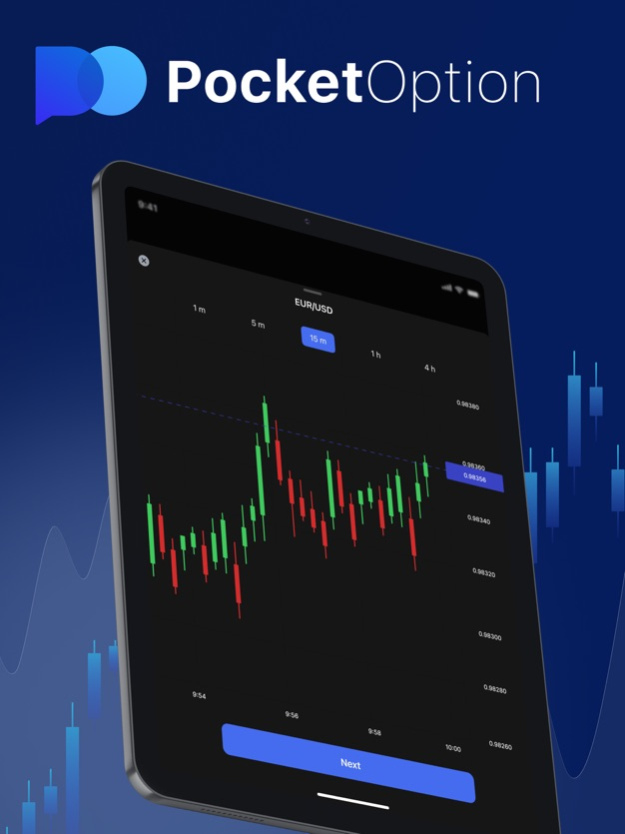Understanding Leverage Pocket Option A Comprehensive Guide

Understanding Leverage Pocket Option: A Comprehensive Guide
In the world of online trading, leverage is a term that traders frequently encounter. It is a powerful tool that allows traders to control larger positions with a smaller amount of capital. One such platform where leverage plays a crucial role is Pocket Option. In this article, we will delve into the intricacies of leverage on Pocket Option and how you can effectively utilize it to enhance your trading experience. For more detailed information, visit Leverage Pocket Option https://pocket-option-kz.ru/kreditnoe-plecho/.
What is Leverage?
Leverage is essentially a loan provided by the broker to the trader, allowing them to amplify their trading potential. It is expressed as a ratio (e.g., 1:100), indicating how much capital can be controlled with a certain amount of margin. For instance, with a leverage of 1:100, a trader can control $10,000 in the market with just $100 of their own capital. This ability to magnify profits is what attracts many traders to leverage.
How Leverage Works on Pocket Option
On Pocket Option, leverage options vary depending on the asset being traded and the trader’s account type. Generally, traders can choose leverage ratios ranging from 1:1 to as high as 1:1000, depending on their risk tolerance and trading strategy. However, it is crucial to remember that while leverage increases potential profits, it also significantly raises the risk of losses.

The Benefits of Using Leverage
The primary advantage of leveraging in Pocket Option is the possibility to amplify your profits. With a small initial investment, traders can potentially earn substantial returns. This makes it possible for traders with limited capital to compete in the markets. Additionally, trading with leverage allows for diversification of a portfolio since traders can spread their investments over several assets instead of putting all their funds into a single position.
The Risks Involved
While leverage can enhance profits, it also comes with significant risks. The most notable risk is that losses are magnified in the same way as profits. This means that a small market movement against your position can lead to significant losses, potentially resulting in a margin call or a total loss of investment. Understanding your risk tolerance and implementing proper risk management strategies is essential when utilizing leverage.
Effective Strategies When Using Leverage on Pocket Option
To mitigate risks while leveraging your trades on Pocket Option, consider the following strategies:

- Start Small: Begin with lower leverage ratios to get comfortable with how leverage affects your trading results.
- Set Stop Loss Orders: Always use stop loss orders to limit potential losses and protect your capital.
- Diversification: Spread your investment across different assets to reduce the impact of any single loss.
- Regularly Review Your Portfolio: Monitor your trades and adjust your strategy as needed to respond to market conditions.
- Educate Yourself: Continuously learn about trading strategies and market analysis to make informed decisions.
Conclusion
Leverage is a powerful tool in the arsenal of traders using Pocket Option. Understanding how it works and implementing it wisely can significantly enhance your trading experience. However, it is crucial to recognize the inherent risks and adopt sound trading practices. With the right approach, leverage can help you achieve your trading goals while managing potential downsides effectively. Always remember to trade responsibly and educate yourself to make the best decisions.
FAQs
What is the maximum leverage on Pocket Option?
The maximum leverage available on Pocket Option can reach up to 1:1000, but this varies based on the asset and account type.
How can I manage risk when trading with leverage?
Implementing stop loss orders, starting with lower leverage, diversification, and continuous learning can help manage risks effectively.
Is leverage suitable for all traders?
Leverage can be beneficial but is not suitable for everyone. It requires a strong understanding of the market and risk management strategies.
